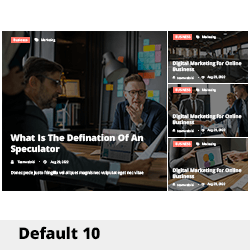Is Google’s Veo 3 Indicator of the Coming of Interactive Global Models?
Could Google’s Veo 3 Signal a New Era for Interactive World Models?
The landscape of artificial intelligence continues to evolve rapidly, with innovative developments promising to reshape how machines understand and interact with the world. One of the most intriguing advancements on the horizon is Google’s latest project, potential precursor to what could be called “playable world models.”
Understanding the Distinction: World Models vs. Video Generation
To appreciate the significance of this development, it’s important to distinguish between two core AI concepts: world models and video-generation models. While video-generation algorithms focus on creating realistic video sequences that mimic real-world scenes, world models aim to simulate the underlying dynamics of environments. Essentially, world models allow an AI to predict how a given environment might change in response to different actions, enabling more sophisticated interactions and decision-making capabilities.
Google’s Ambitious Vision with Gemini 2.5 Pro
Google is leveraging its advanced multimodal foundation model, Gemini 2.5 Pro, to build such a world model. The aim is to replicate aspects of human cognition by enabling AI systems to not just generate content but to understand and predict real-world interactions actively.
In late 2024, DeepMind introduced Genie 2, a model capable of creating an extensive variety of interactive worlds that resemble video game environments. This innovation signaled a significant step toward AI systems that can generate complex, dynamic virtual spaces.
In the subsequent months, reports emerged that Google was forming dedicated teams to focus on developing AI models capable of simulating physical environments realistically. These efforts suggest a move toward embedding dynamic, interactive world simulations within AI applications, opening doors to a myriad of possibilities—from advanced training simulations to more immersive virtual environments.
What Could This Mean for the Future?
The progression from static content generation to dynamic, playable world models marks a substantial shift in AI capabilities. If Google’s Veo 3 and related initiatives succeed, we may soon see AI-powered virtual worlds that are not only visually realistic but also capable of dynamic interaction, much like the real world.
This evolution hints at exciting opportunities across gaming, training, education, and beyond. Imagine AI-driven environments that adapt in real time to user actions, providing more engaging and realistic experiences.
Conclusion
As technology advances, the line between virtual and real-world simulations continues to blur. Google’s ongoing efforts with models like Veo 3 could very well be the beginning of a new era—one where AI-driven, fully interactive world models become an integral














Post Comment